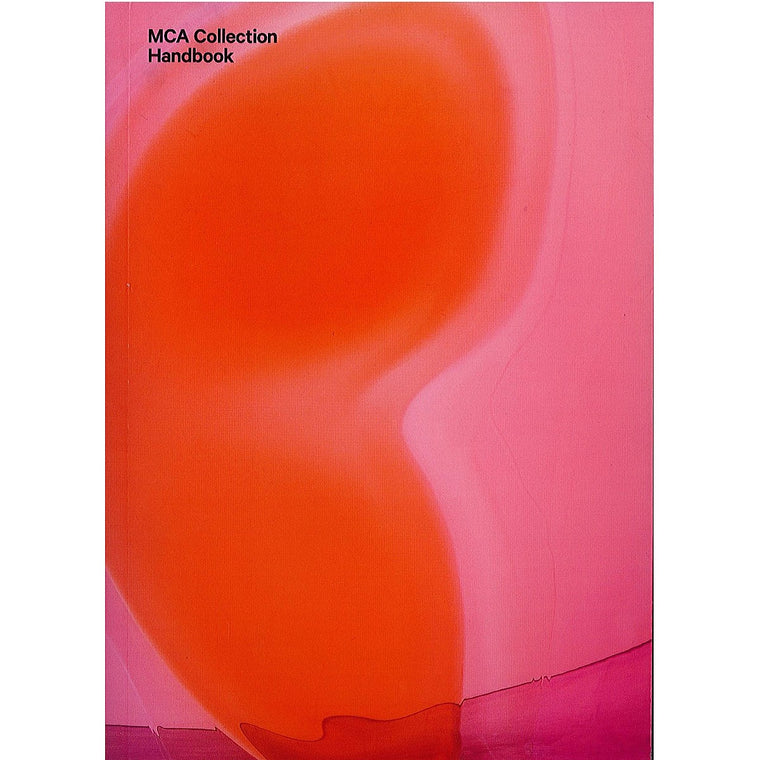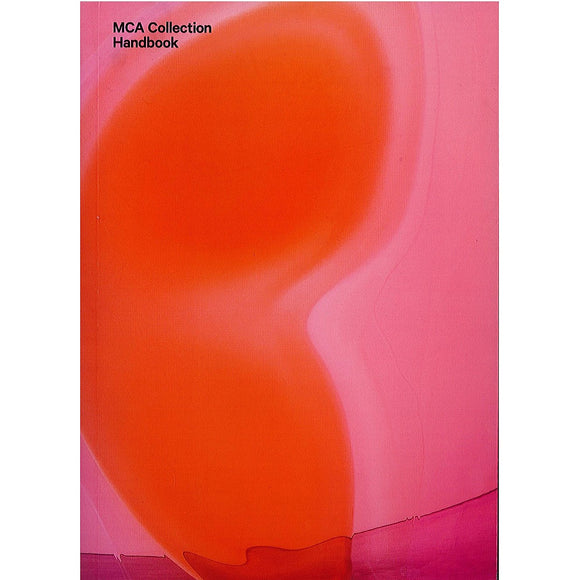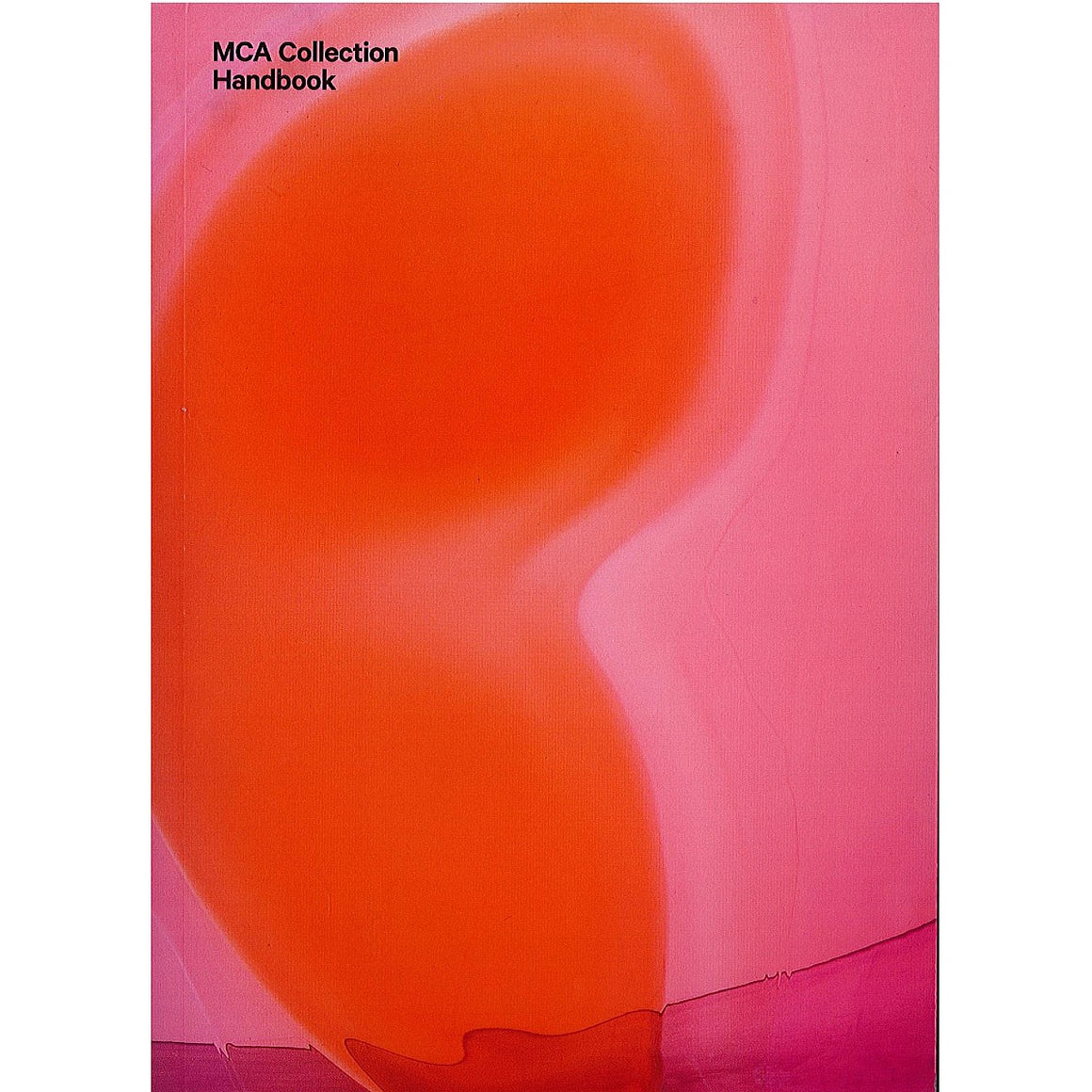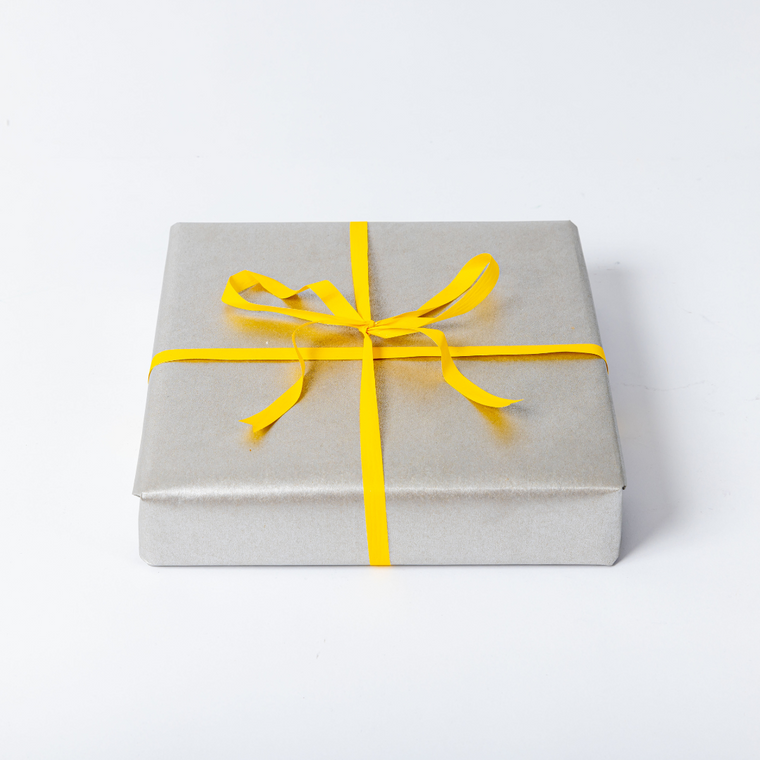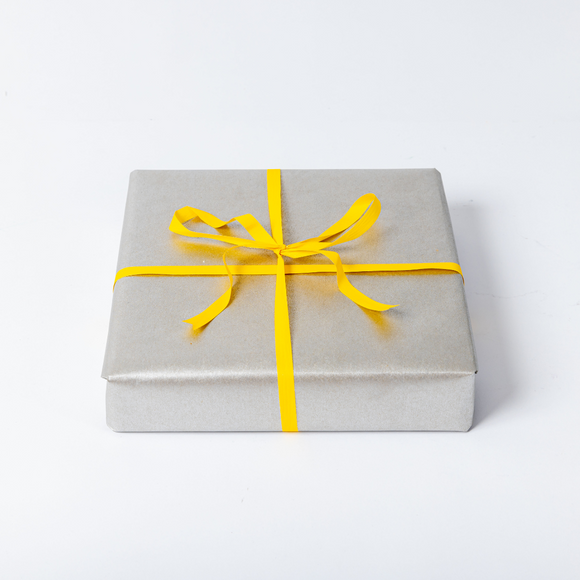This vibrantly hued woven basket has been handmade by Leonie Bennett, an artist belonging to the Ngaanyatjarra language and cultural group who lives in the remote community of Kaltukatjara (Docker River) in the Northern Territory. Weaving with fibre in this way has become a fundamental part of Central and Western desert culture and draws on the traditional practice of making manguri rings - a ring worn on the head made of grasses and cloth. Here we see traditional weaving techniques re-framed using a mix of traditional and contemporary materials - including wool! The result is a strikingly bold and colourful sculptural piece with layers of historical significance.
Tjanpi Desert Weavers is an aboriginal owned social enterprise that works with over 400 Anangu/Yarnangu women artists from 26 remote communities across the remote Central and Western desert regions. Tjanpi artists use native grasses, wool, string, seeds and feathers to make spectacular contemporary fibre art, weaving beautiful baskets and sculptures and displaying endless creativity and inventiveness. While out collecting desert grasses, women visit sacred sights and traditional homelands, hunt and gather food for their families and teach their children about country.
Details:
31 x 31 x 8cm
Materials: Tjanpi (grasses) Raffia
To view all the Tjanpi sculptures and baskets we have available click HERE
More about Leonie Bennett:
Leonie is a keen fibre artist who loves creating quirky sculptural representations of the animals she sees out bush, such as mingkirri (mouse), tinka (lizard) and tjilkamarta (echidna). Her weaving technique allows the underlying tjanpi (grass) in a sculpture to be glimpsed.
Leonie works as an arts worker at the local art centre, Tjarlirli & Kaltukatjara Art. Hailing from a large family of renowned painters and having learned from her grandmother, she also paints important Tjukurpa (Dreaming) from around the Kaltukatjara area, including the Kungakarangkalpa (Seven Sisters) and Kunga Katjara Tjukurpa.
Please note: measurements are approximate due to the 3D nature of Tjanpi baskets and sculptures.


